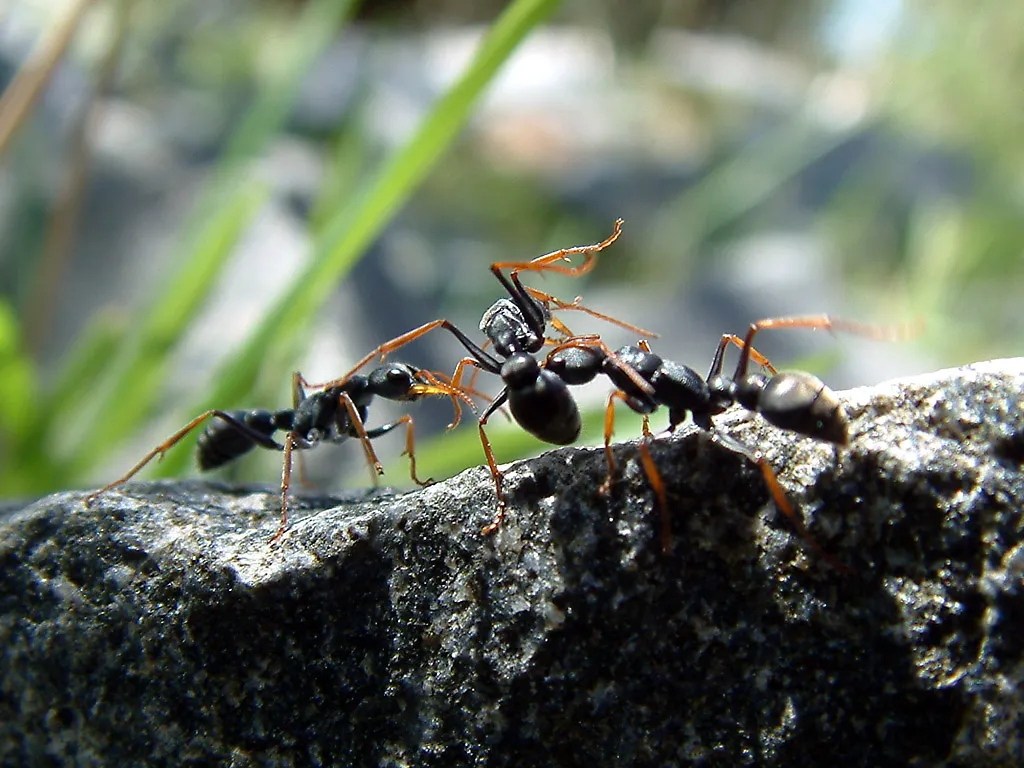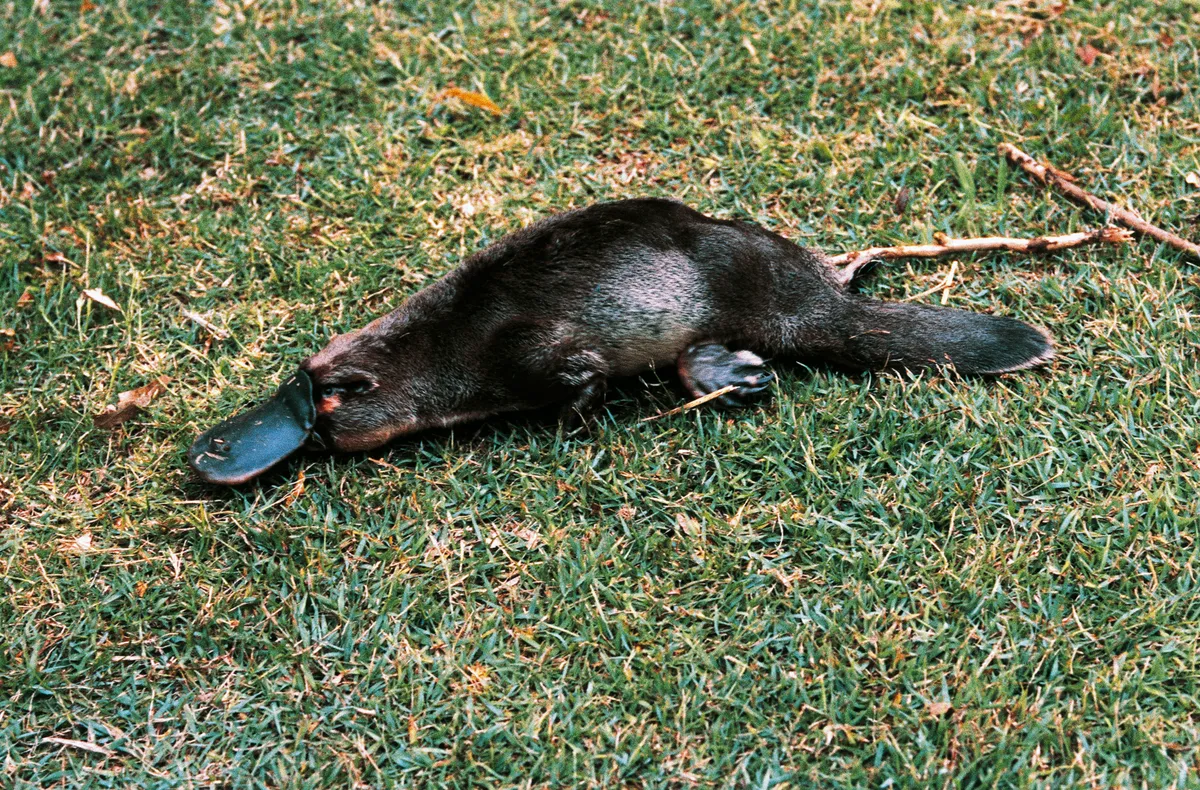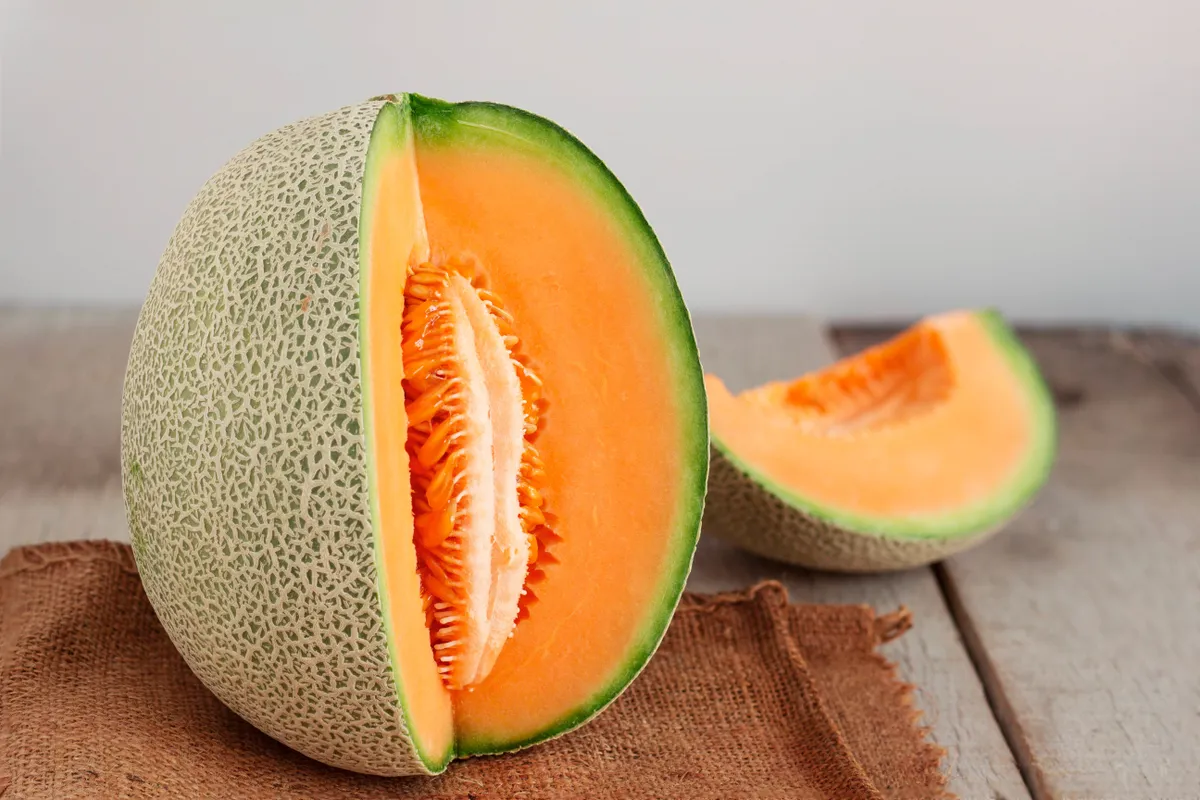What are chromosomes?
Chromosomes are the structures in cells that carry genes – the instructions for making and maintaining life. Humans typically have 23 pairs of chromosomes, but both the number and type of chromosomes varies greatly among the organisms that make up the living world.
Do all organisms have chromosomes?
Yes. Simple cells such as bacteria usually have just one circular chromosome, whereas complex cells tend to contain linear structures. But being more complex or multicellular doesn’t necessarily mean more chromosomes: the male jack jumper ant has only one chromosome, for example, but the single-celled, amoeba-like organism Sterkiella has 16,000 chromosomes – almost one for each of its 18,500 genes.

What are chromosomes made of?
Mostly genetic material, the molecule DNA. In complex cells, DNA strands are wrapped around giant proteins called histones, like thread on a spool, to help preserve the material’s structural integrity. Chromosomes exist as a cloud most of the time – they only condense to form the structures that resemble stripy socks when a cell divides. Their light-and-dark pattern of stripes is highlighted by staining with coloured dyes, hence the name: chromosome means ‘coloured body’.
Why do species have different numbers of chromosomes?
Each species has ended-up with its characteristic number because the structures have broken or fused together during evolution. In humans, Chromosome 2 is probably a fusion of two previously separate structures, as all other great apes (including chimpanzees) have 48 chromosomes instead of our total of 46 (the 23 pairs).
Once a normal number is established, an abnormal set (‘aneuploidy’) causes problems. In a body cell, having an extra or missing chromosome can cause cancer. If that happens in an embryo, an individual can have developmental issues, such as Down’s syndrome – when a person inherits three copies of Chromosome 21 (trisomy 21).
What is a Ploidy?
Do all species have pairs? No, but it’s common. The number of sets of chromosomes is known as ‘ploidy’. Cells that contain one copy of each chromosome are ‘haploid’, those with two copies – a pair of chromosomes – are ‘diploid’.
The vast majority of animals are diploid and many plants have multiple pairs (they’re ‘polyploid’). Ploidy often changes during development: sperm are haploid (1 x 23 in humans) so that, after combining with half the total number in an egg during fertilisation, the resulting embryo is diploid. In some species, an individual’s sex is determined by how many sets they inherit from their parents: social insects such as ants and bees are ‘haplodiploid’: the males are haploid because they come from unfertilised eggs whereas the females are diploid because they develop from fertilised eggs.
What’s special about sex chromosomes?
Biological sex isn’t dictated by whether an organism has sexual characteristics like a penis, but by which reproductive cells – sperm and/or egg – they can make. In many species, whether an individual is male, female or hermaphrodite depends on genetics, by the sex chromosomes they inherited.
In true mammals, males will typically carry distinct X and Y chromosomes, while females have a matching pair of Xs. Birds use the opposite system: instead of XX/XY, males are ZZ, females ZW. Sex determination can get pretty complicated: the duck-billed platypus (a ‘primitive’ mammal) has five pairs of sex chromosomes that must form a chain before cells divide.

Why do chromosomes determine sex?
It’s not due to a presence or absence of chromosomes, but the genes they carry. In mammals, becoming female is the default path and inheriting the Y chromosome determines sex because it carries the instructions for male fertility, including the gene SRY (Sex-determining Region Y) – a single ‘master switch’ that turns on sperm production. Sex can also be determined via multiple genes: in cantaloupe melons, for instance, several genetic factors interact to create four different sexes. Like gender in humans, biological sex isn’t binary.

